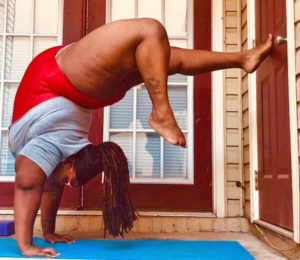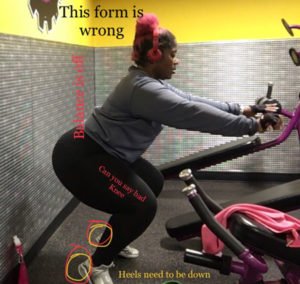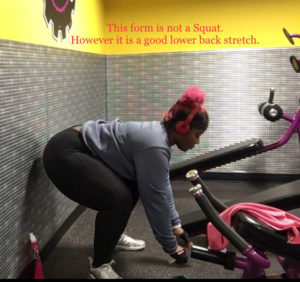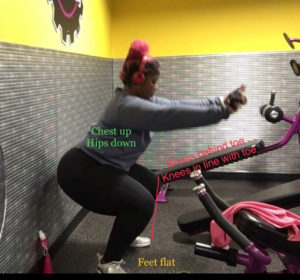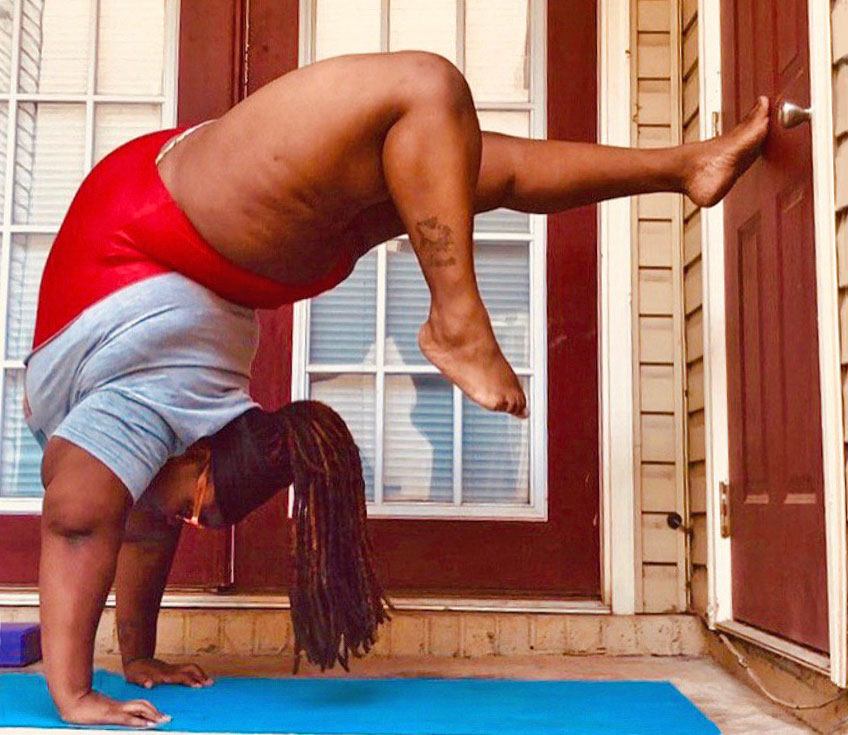So in the most basic of senses, remember that a squat is a natural movement. We make so many mistakes, like bending all the way forward, when what we really need to do is think about what’s natural.
Here are my tips for improving your form. When you’re starting, steer clear of using weights. It’s most important to master basic technique to prevent injury. You can also use a wall as an option for stability.
Squats for Beginners
- Grab a sturdy chair and sit down.
- Position your feet. Keep your knees shoulder-width apart.
- Move your feet forward until your heels and feet are planted flat on the floor.
- Lift yours arms to shoulder level. Be sure not to bring your chest to your knees.
- Stand up slowly.
- Sit down slowly.
- Repeat for at least 20 reps.
- Try to avoid moving your feet once you’ve found proper foot placement. This helps you to train your body to learn to shift your weight as you learn to sit and stand in squat form.
Squats for Advanced Beginners
Next, your goal is to squat a little lower.
- Get a seat that is lower than your chair. This might be a foot rest (make sure it’s stable), or even your couch.
- Repeat the steps from above.
- Try this when you feel ready for a challenge.
Now it is time to get rid of the seat.
Step-by-Step Squats
- Open your legs a little wider than shoulder-width apart.
- Lift your arms to shoulder level straight out in front of you.
- Keep your chest up.
- Keep your weight on your heels and push your hips back like you’re lowering your hips down to a chair.
- Keep your core tight.
- Don’t drop so low that you fall. Stop right at the point where you feel like you’re going to fall, but you’re still stable.
- As soon as you get there, stand back up.
- Repeat.
Lunges for Beginners
Lunges can feel clumsy. That’s because most of us do not have proper balance. We keep our feet in line with each other instead of keeping them far enough apart that we feel balanced.
Focus on your form on the front leg. If you lack balance, hold onto the wall for support. It’s OK if you can’t go very low.
For some people, knee pain may be an indication of improper form. If you feel pain, please consult with a certified trainer or physician in your area.
Step-by-Step Lunges
- Stand with your feet shoulder-width apart, as if you were going to do a squat.
- Turn to your left or right.
- Keep you feet wide and in line with your hip.
- Lift your arms to shoulder level, shoulders back.
- Bend the knee to a 90-degree angle (like an “L”). Your front leg will bend with the motion (like a backward “7”).
- Avoid pushing forward or going on your toe.






